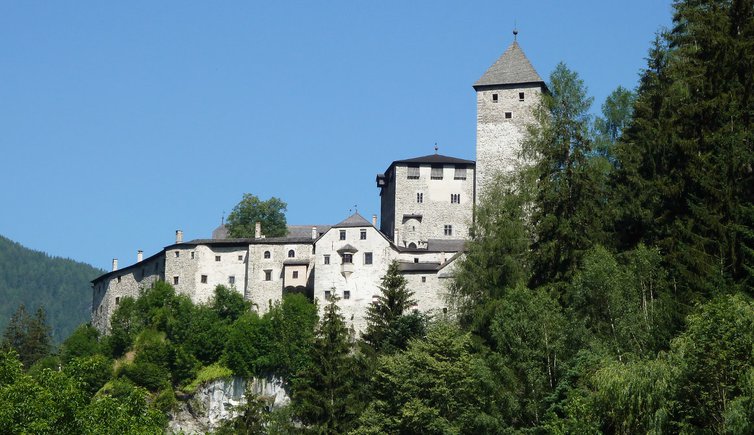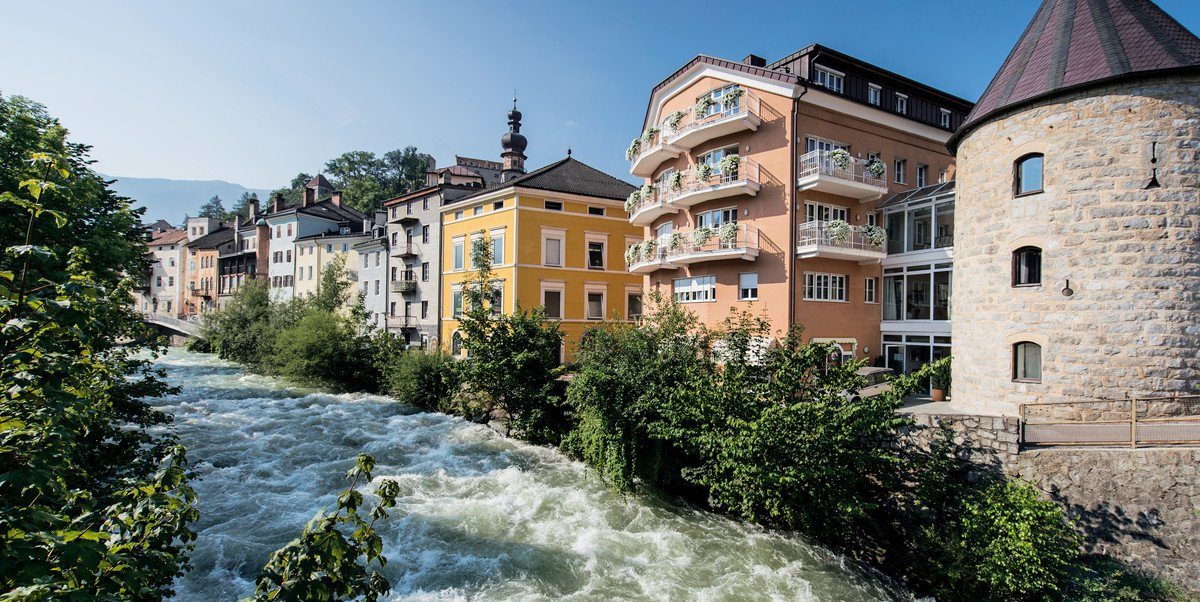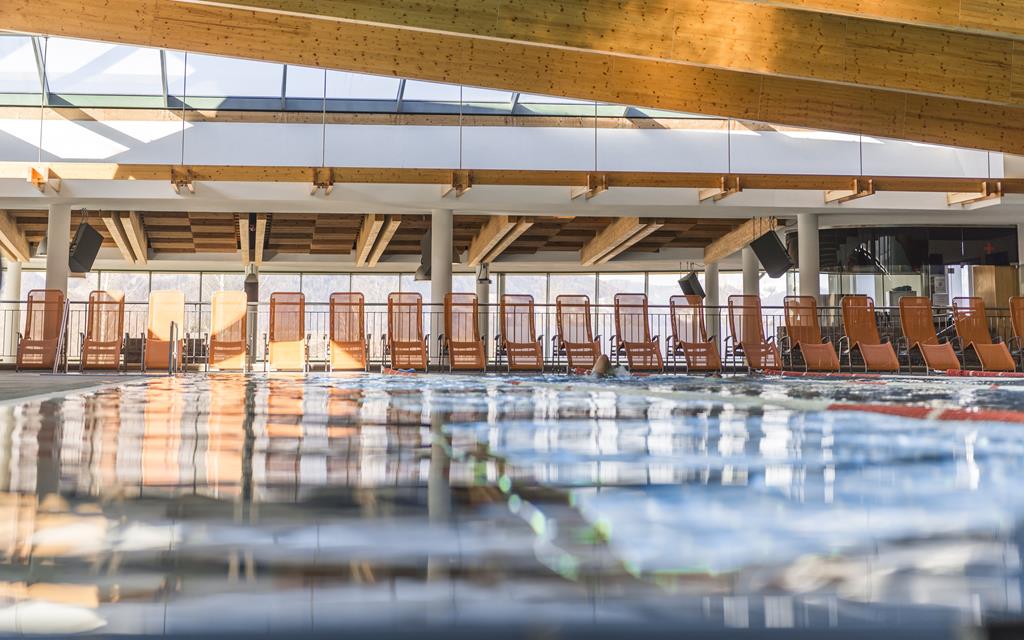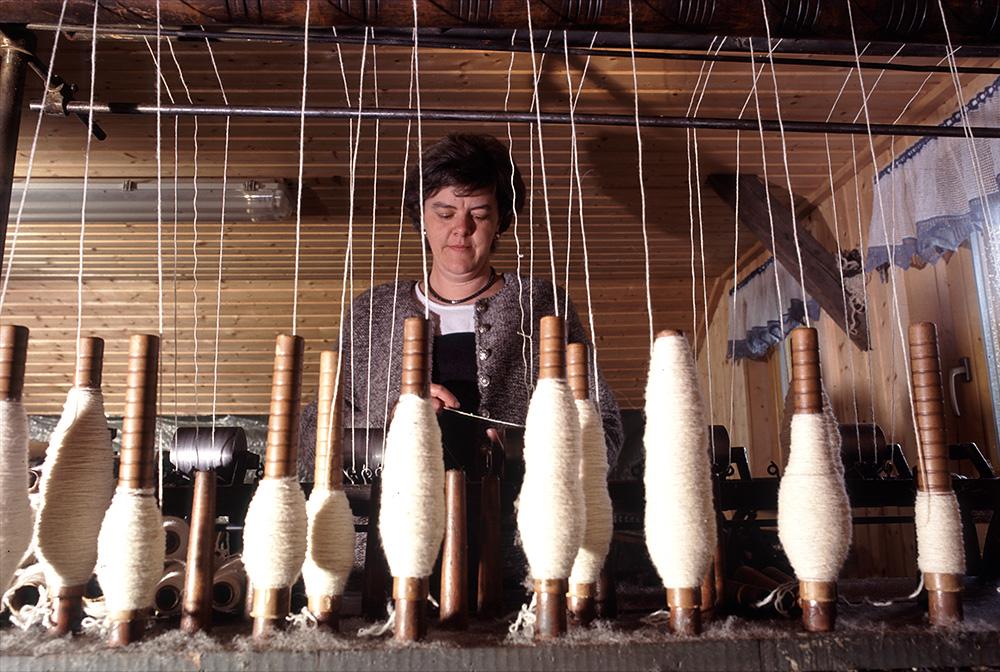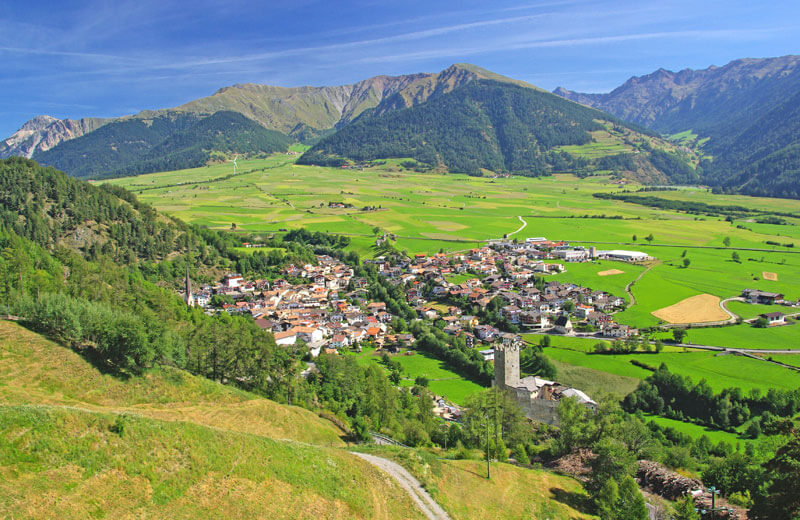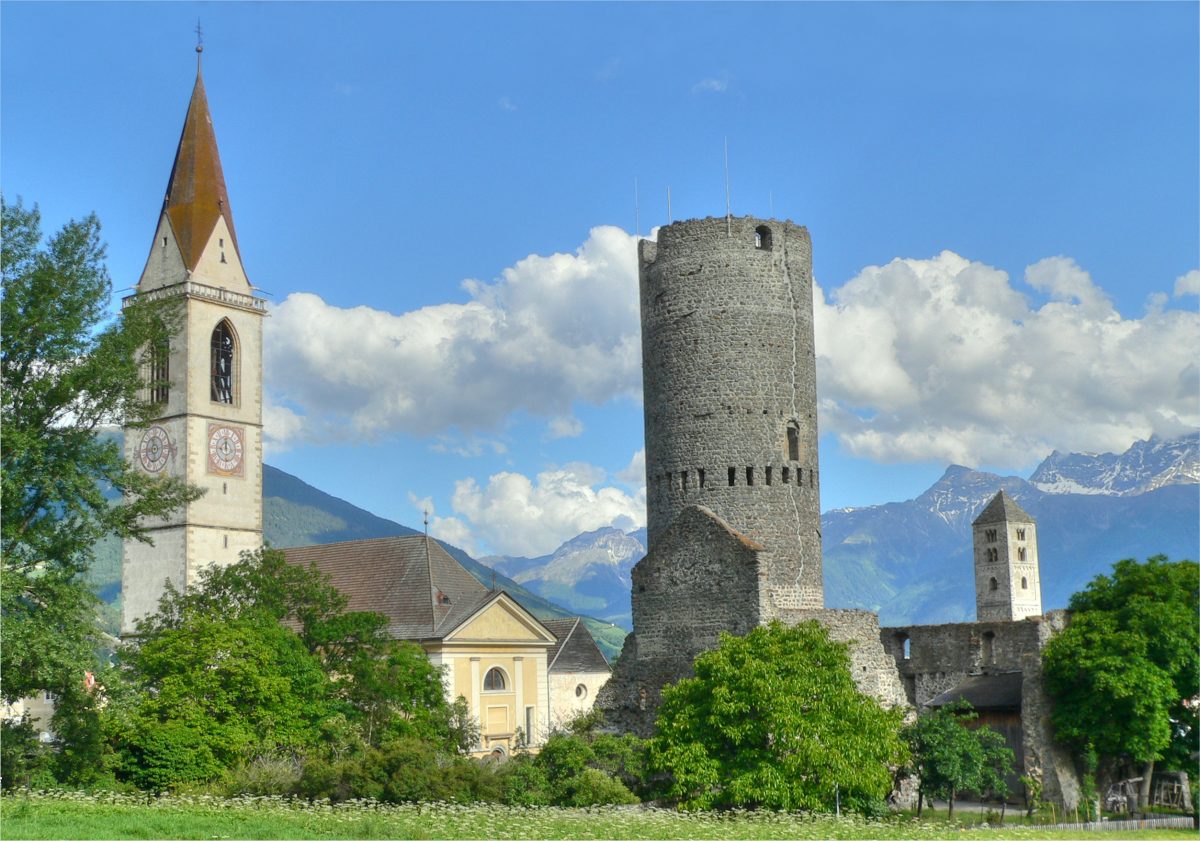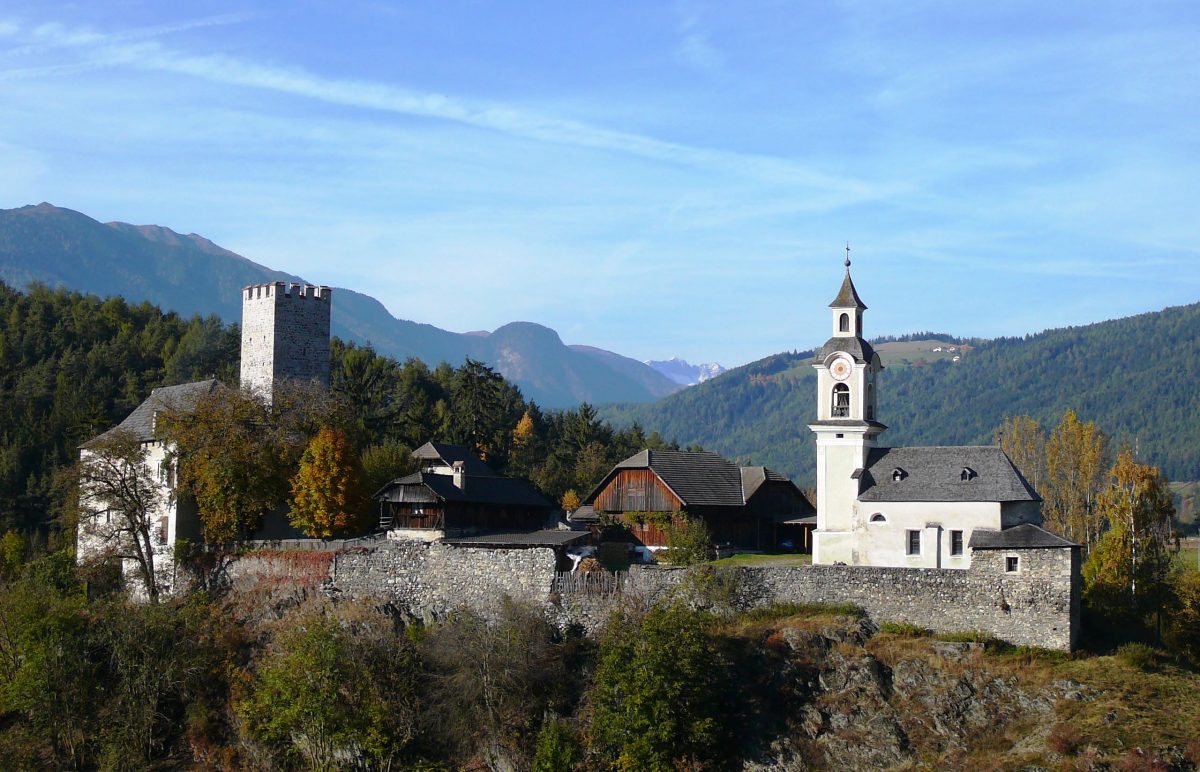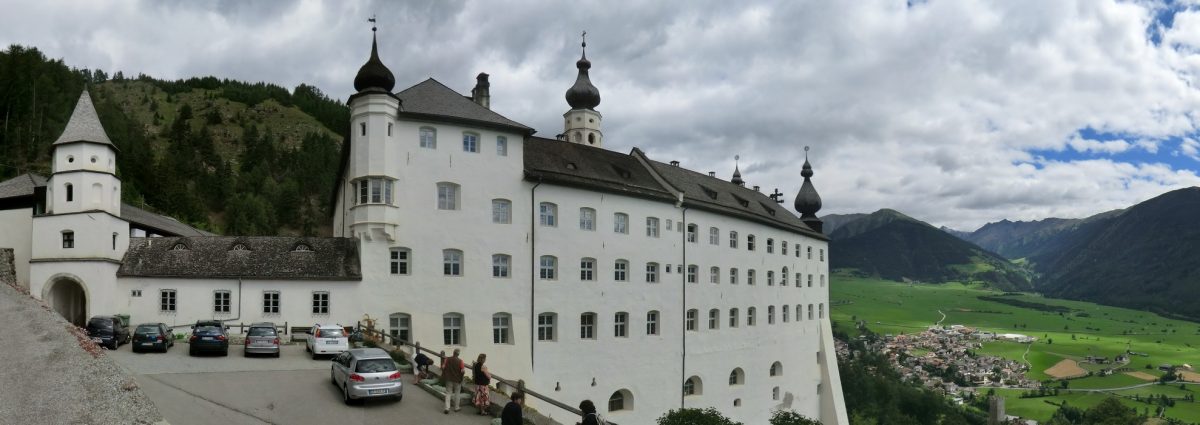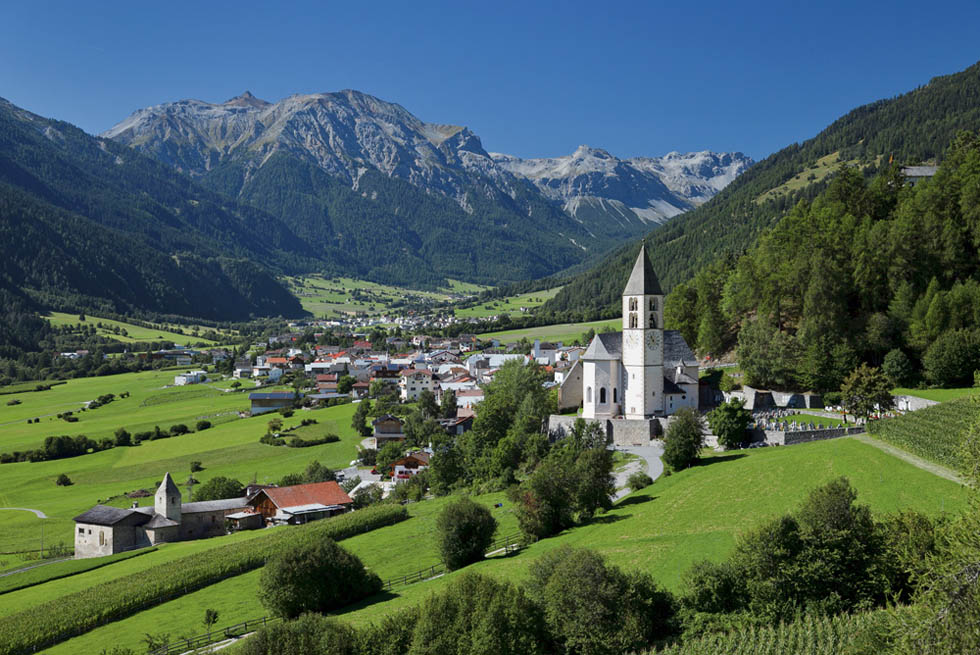How to reach Castle Tures
Castel Tures – “Burg Taufers” in German – perfectly fits the scenery in which it is located, as the high mountains of the valley serve as background. It rises on a natural elevation belonging to Acereto (Ahornach) in the municipality of Valle Aurina (Ahrntal) at 957 m a.s.l. In succession of a “Castel Tobl” in 1100 AD, the name of Castel Tures was mentioned for the first time in 1225. In the first half of the 14th century the Lords of Tures were in possession of the castle, but when the last member of the family died in 1349 the castle continually deteriorated.
The Romanic part of the castle – the donjon, the residential tower with double arched windows and the chapel – dates back to this time. Only under the Dukes of Austria, the castle was expanded in the 15th century – buildings such as the lavatorium, drawbridges and wall walks were added. Ludwig Lobmayr renovated the castle for the first time in the early 20th century. In 1945, however, Hieronymus Gassner provided for maintenance works.
Today the South Tyrolean Castle Institute, founded in 1963, is in possession of Castle Tures. For the most part the castle is open to the public. The furniture in the 64 rooms is near-completely intact and old tiled stoves heat the residential rooms. Pine panelling, frescos by Friedrich Pacher in the chapel, armoires dating back to different eras, armaments and a huge library provide a special insight into the history of the castle.
Summer opening hours: (from June 2 to November 3, 2019)
June 2 – July 6, 2019:
guided tours daily at 10 am, 11 am, 2 pm, 3.15 pm and 4.30 pm (in German or Italian language)
July 7 – Aug 31, 2019:
guided tours daily between 10 am and 5 pm (in German or Italian language)
Tuesdays and Thursdays also evening tour at 9 pm
Sept 1 – Nov 3, 2019:
guided tours daily at 10 am, 11 am, 2 pm, 3.15 pm and 4.30 pm (in German or Italian language)
Winter opening hours: (from November 4, 2019, to June 1, 2020)
Nov 4 – Dec 7, 2019:
guided tours daily at 3 pm (in German language)
Dec 8, 2019 – June 1, 2020:
guided tours daily at 10 am and 3 pm (in German language)
1 hour later always in Italian language
on Dec 24 closed in the afternoon
on Dec 25 and Jan 1 closed in the morning
Admission:
exterior (only from Apr 20 – Nov 3, 2019):
6.00 Euros (adults), free for kids under 5 years
3.00 Euros (children and young people from 6 to 14 years)
guided visit, interior:
10.00 Euros (adults), free for kids under 5 years
5.00 Euros (children and young people from 6 to 14 years)
family ticket available (26.00 Euros)
family reduction: free for every 3rd child
free with the Museumcard or museumobil Card
Contact:
Castle Tures
Ahornach 1
Campo Tures
+39 0474-678053 oder +39 340-8690168
